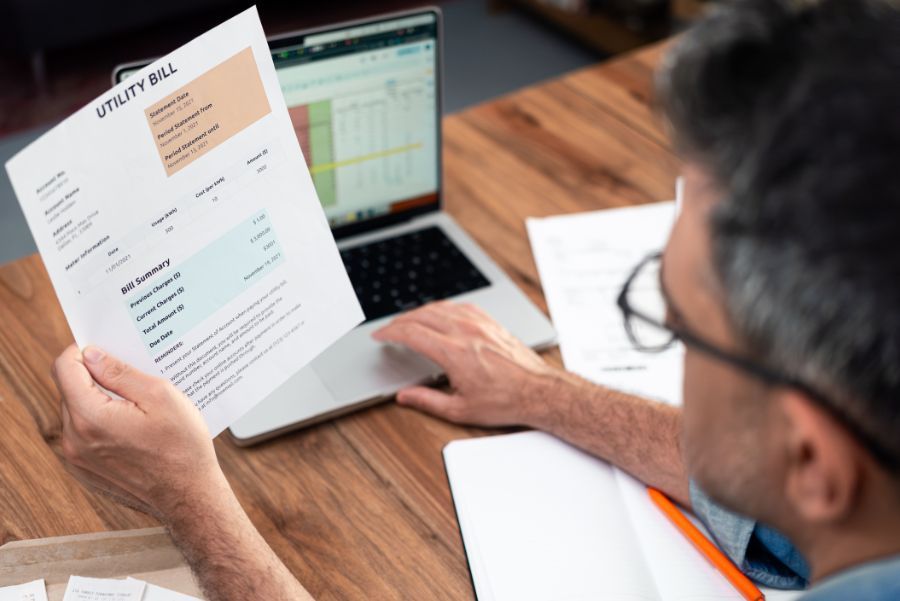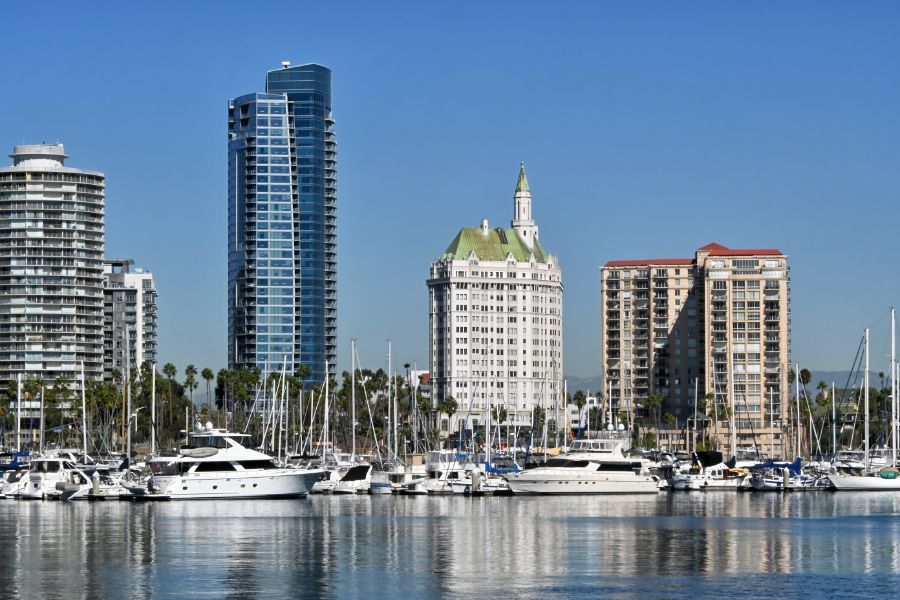When To Include Utilities in Your Monthly Rent

Many landlords have considered including utilities in their rent prices when trying to stand out in the rental market. Utilities can make up a significant portion of your tenant’s monthly expenses. By including the utilities, you can attract prospective tenants who would rather pay one lump sum for their expenses rather than manage multiple bills every month.
Today, we’ll explore when it makes sense to include utilities in your monthly rent and offer guidance to help you make an informed decision.
Pros and Cons for Tenants and Landlords
There is no denying that including utilities can make a rental property stand out and be more attractive to prospective tenants. Especially in a competitive rental market. It makes it simpler to process the rent while also reducing administrative burdens. Though landlords run the risk of having to absorb excessive utility costs if a tenant uses more than expected. This can affect your bottom line and tenant satisfaction if additional disagreements over utility usage with your tenant.
Utilities typically refer to essential services such as water, electricity, gas, or trash collection. Occasionally, this can also include internet services or cable. Including utilities in the rent offers the convenience of a single monthly payment for your tenant. This helps them budget easier, and removes the hassle of managing multiple utility bills for them. This system is especially appealing for short-term tenants or prospective tenants who would rather simplify their monthly expenses.
Although this can result in a higher rent payment, meaning some tenants may argue that they are being overcharged or charged an unfair amount. Due to the fluctuating costs of utilities, it can also be difficult to accurately predict your monthly earnings. It's also possible for some tenants to take advantage of this and overuse the utilities as their less incentive to be conservative with the utilities.
When to Include Utilities
Including utilities in rent works the best under specific circumstances. For example, short-term leases, furnished apartments, or investment properties in high-demand areas are oftentimes more successful with utilities included in their rent. These arrangements can provide convenience and a straightforward pricing structure for tenants who would rather not manage separate utility accounts.
As a landlord, offering your tenants a simplified, all-inclusive rent can make the property far more appealing to prospective tenants. This can help reduce stress for you and your tenant during a turnover period and reduce overall vacancy periods.
Which Utilities Should You Include
As previously stated, there are many utilities necessary for tenants. As a landlord, you don’t necessarily need to include them all in your monthly rent. In Southern California, it's not uncommon for landlords to include some utilities while having their tenants pay for others. A common example is the water and trash disposal being included in the rent, because generally water is relatively inexpensive, and trash disposal is a set price, meaning it's easier to predict your expenses.
Knowing when to include the utilities in the rent is essential to calculating a fair rent price. Landlords will need to be able to estimate the average utility costs based on the size of the property and the number of tenants moving in, then adjust the rent accordingly. Some landlords set a fixed utility fee that covers the average usage, while others may cap the utilities to prevent tenants from overusing the services.
Alternatively, including additional utilities such as electric and gas is a great economic change that can make your
property
stand out, though the landlord assumes all responsibilities to the utility companies. This can be difficult for some landlords to manage, especially those with an extensive portfolio. While including utilities in the rent has several advantages, it's important to know how to balance them with the potential disadvantages.
Not every rental property needs to include the utilities in its rent, this will depend greatly on the specific needs of the landlord and tenants. Landlords will need to carefully
assess the market to calculate a fair and competitive rent. If you need help determining how much to charge for utilities or you need help managing your Beach City rental property, we invite you to call us today at (562) 888-0247 or complete our
Owner Application online.





